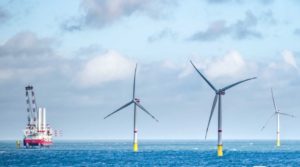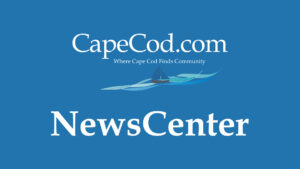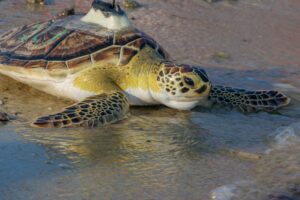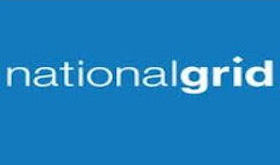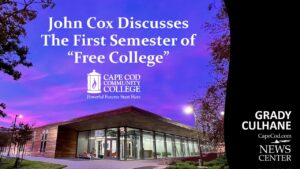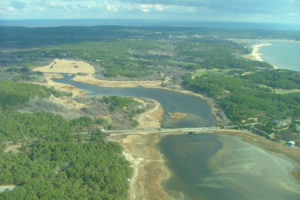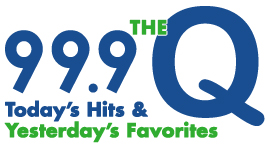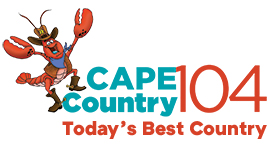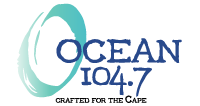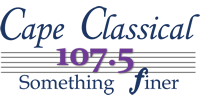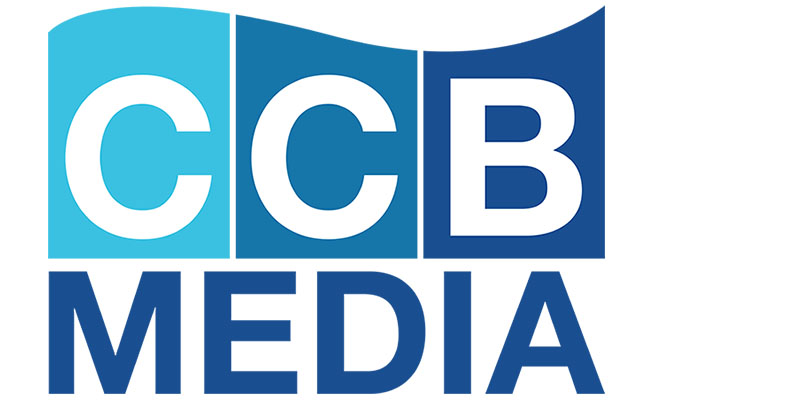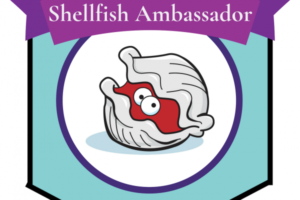 CHATHAM – Many people notice shells in tide pools or at the edge of the sea and don’t give them another thought.
CHATHAM – Many people notice shells in tide pools or at the edge of the sea and don’t give them another thought.
Not Max Furman.
“I think, What are they doing in their shell? Are they trying to find food?”
Furman says he has never eaten shellfish, but he knows they are important to the way the Cape’s environment works. Just how important he isn’t sure, but the Harwich third grader is about to find out.
Third graders in both Chatham and Harwich will be starting a new shellfish unit next month, an effort launched by the Cape Cod Commercial Fishermen’s Alliance, partnering with A.R.C Hatchery in Dennis, the Monomoy Regional School District, and supported through a handful of grants.
“The curriculum is meant to instill the importance and fragility of the Cape’s blue water economy, and the role of aquaculture in cleaning our waters and feeding our community,” says Melissa Sanderson, chief operating officer of the Fishermen’s Alliance, and chief architect of the pilot program.
And the stars of the curriculum, oysters and clams, can be used as a perfect gateway to discuss food, ecosystem health, ecology, clean water and even history.
“Wampum, made from quahog and whelk shells, has a history that goes back over 10,000 years in coastal populations, and on the Cape was used by the Native Americans to barter with European settlers,” Sanderson says.
Here’s another teaching moment: Using recycled hummus, yogurt and a host of other containers gathered by Sanderson, students will create their own watershed. For each watershed model they have a tray, recyclables, clay, and a sheet of light colored plastic. Students use the materials, as well as sand and coffee for dirt and scrubbing pads for marshes, to create their models.
Kids will also have a spray bottle, food coloring, cooking oil and glitter, or confetti, to see how different types of pollutants effect the watershed.
“And towels for cleaning up spills,” chuckles Sanderson, who has two young boys herself.
Learning about threats to the Cape’s water, and what they mean, provides a broader perspective on how shellfish can be harmed by how we treat our natural environment. Students will also learn how shellfish can mitigate damage.
They’ll discover how clams and oysters are adept at removing nitrogen from local water, turning it into shell, cleaning while growing.
The 100-page curriculum has 17 lessons that range from identifying different types and ages of shellfish to how you get a shellfish permit to where you can harvest, where you can’t, and why. Math is involved too; if an oyster filters two gallons of water an hour and 10 oysters are placed in a tank of cloudy water, how many gallons would they clean in five hours?
Marc Smith, director of curriculum for Monomoy schools, says the partnership has many benefits. It supports the state’s science standards, plus partnering with the community is part of the district’s strategic plan. Working with scientific organizations will help bring science to life and open students’ eyes to careers here, he added.
The main goal is to have the students answer this question:
How does knowing about shellfish help me understand my community and take an active role in conservation?
Students become “Shellfish Ambassadors-in-Training” to learn as much as they can about shellfish, their habitat and why they are important.
Thomas Jordan, also a third grader at Harwich Elementary, is intrigued with the idea of being an ambassador and likes the idea of keeping track of all they learn in a special ambassador notebook.
“It’s a good idea so I can remember everything,” he says. “The Cape is surrounded by water and I think people should learn about the water.”
“These ambassadors will help lay the foundation for the long-term community support and understanding necessary to ensure clean water and a resilient shellfish economy on Cape Cod,” says Sanderson. “The future of shellfishing requires the community to continue to provide the ‘social license’ necessary for aquaculture and nitrogen mitigation projects on public shorelines.”
The students will end the unit by designing their own prototype of gear that would be ideal to grow shellfish. They then travel to A.R.C to see how shellfish are raised from larvae to adults, complete with insights into how research is conducted.
“The hope is this shellfish-based education program will eventually reach every third grade student on Cape Cod,” Sanderson says. (More than a few parents are interested in it as well.)
The program is also meant to foster the essential, personal connection those on the Cape should have with the world around them.
“I think every kid who lives on Cape Cod should know how to dig up a clam — to eat, or to check out,” says Nancy Goward of A.R.C., “or maybe just put back down and watch dig in. We have drifted so far away from the natural world and into the cyber/virtual world. Shellfish bring us back to the sand, surf and water.”
Third grader Thomas Jordan isn’t sure he would craft a career out of harvesting or growing shellfish, but if he does he knows what he plans to do with part of the proceeds.
“What I would do with money from selling shellfish is give it to charity,” he figures.
By DOREEN LEGGETT, Cape Cod Commercial Fishermen’s Alliance




